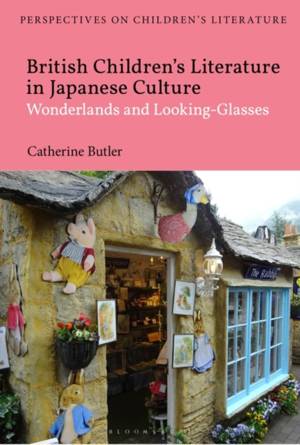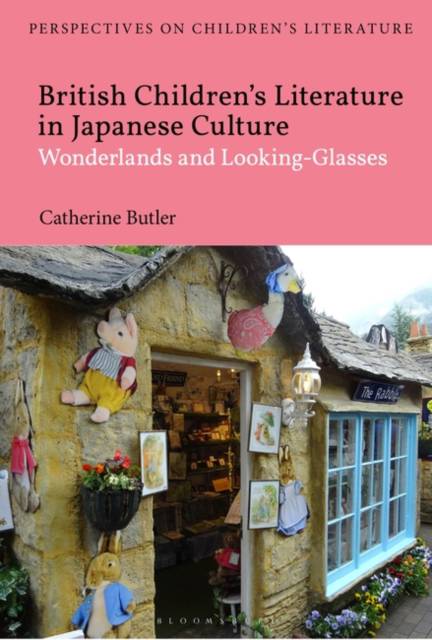
- Afhalen na 1 uur in een winkel met voorraad
- Gratis thuislevering in België vanaf € 30
- Ruim aanbod met 7 miljoen producten
- Afhalen na 1 uur in een winkel met voorraad
- Gratis thuislevering in België vanaf € 30
- Ruim aanbod met 7 miljoen producten
Zoeken
€ 195,45
+ 390 punten
Omschrijving
Whether watching Studio Ghibli adaptations of British children's books, visiting Harry Potter sites in Britain or eating at Alice in Wonderland-themed restaurants in Tokyo, the Japanese have a close and multifaceted relationship with British children's literature. In this, the first comprehensive study to explore this engagement, Catherine Butler considers its many manifestations in print, on the screen, in tourist locations and throughout Japanese popular culture. Taking stock of the influence of literary works such as Gulliver's Travels, Alice's Adventures in Wonderland, The Tale of Peter Rabbit, Tom's Midnight Garden, and the Harry Potter series, this lively account draws on literary criticism, translation, film and tourist studies to explore how British children's books have been selected, translated, understood, adapted and reworked into Japanese commercial, touristic and imaginative culture. Using theoretically informed case studies this book will consider both individual texts and their wider cultural contexts, translations and adaptations (such as the numerous adaptations of British children's books by Studio Ghibli and others), the dissemination of distinctive tropes such as magical schools into Japanese children's literature and popular culture, and the ways in which British children's books and their settings have become part of way that Japanese people understand Britain itself.
Specificaties
Betrokkenen
- Auteur(s):
- Uitgeverij:
Inhoud
- Aantal bladzijden:
- 226
- Taal:
- Engels
- Reeks:
Eigenschappen
- Productcode (EAN):
- 9781350195479
- Verschijningsdatum:
- 19/10/2023
- Uitvoering:
- Hardcover
- Formaat:
- Genaaid
- Afmetingen:
- 156 mm x 234 mm
- Gewicht:
- 494 g

Alleen bij Standaard Boekhandel
+ 390 punten op je klantenkaart van Standaard Boekhandel
Beoordelingen
We publiceren alleen reviews die voldoen aan de voorwaarden voor reviews. Bekijk onze voorwaarden voor reviews.











